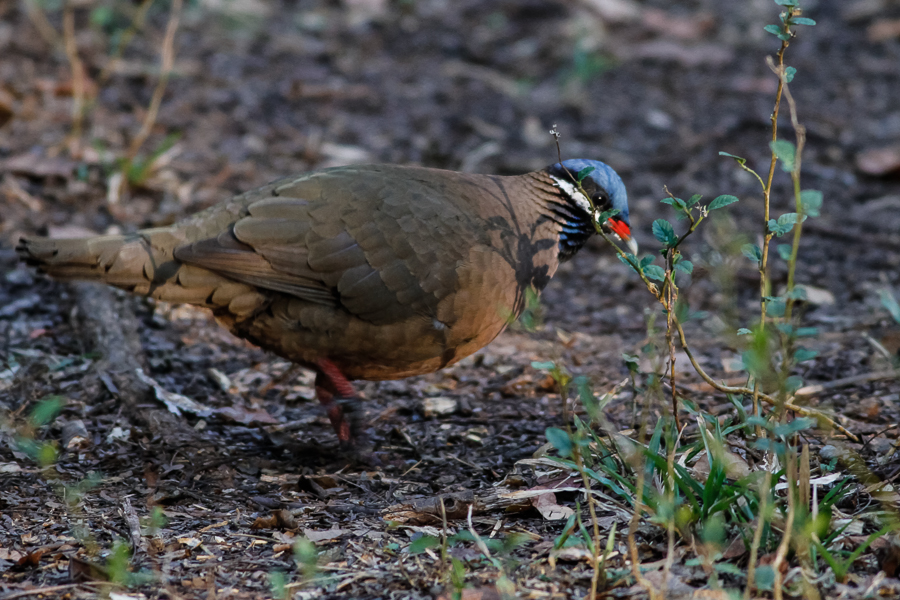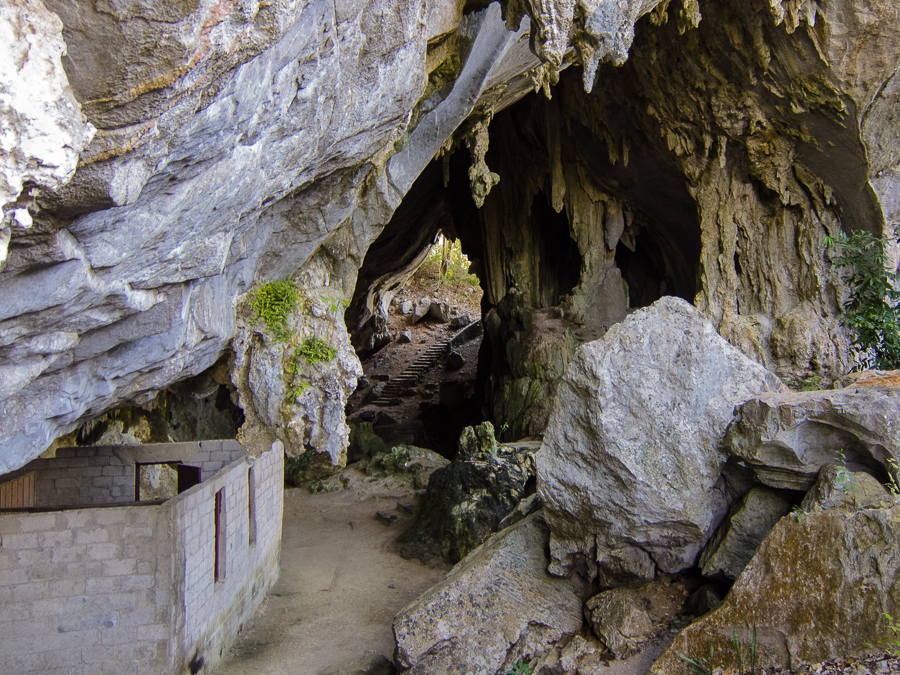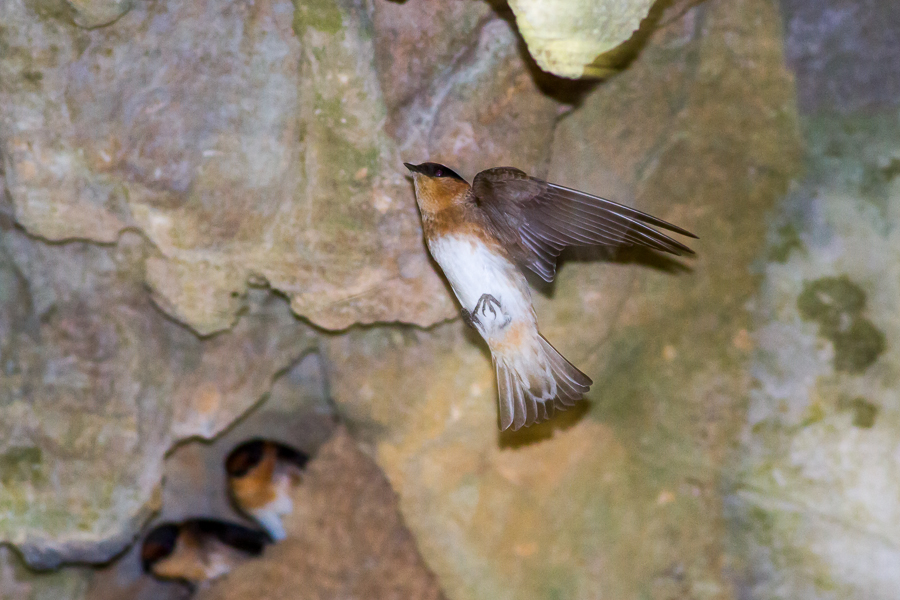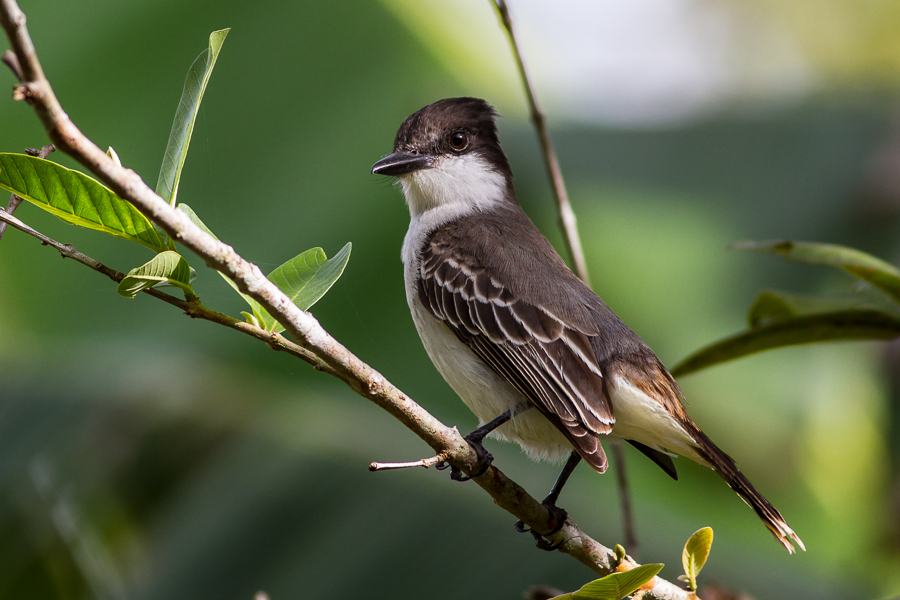We arrived in Cuba today almost before we left Miami due to the difference in Daylight Savings Time (though this won’t be posted until some time later due to the lack of Wifi access in Cuba). Of course I got held up by the second most annoying customs inspection I’ve ever had to go through. The inspector looked at almost every piece of optics I had, most of which I had to explain to him. I had to put the spotting scope together and show him how it worked. He took photos of most of it. I’m not sure why. He was very impressed with my 17″ MacBook Pro. Apparently even in Cuba, Apple products are considered cool. Although I was the first one in our group through the metal detector (not sure why, but in Cuba they X-Ray you coming off the plane; looking for contraband I guess) I was the last one to exit customs. Still not as bad as flying back into Miami though.
But we finally got to the hotel around 11:30. The drive from the airport was interesting: Cuba certainly isn’t a rich country but somehow it doesn’t look like a poor one either. In many ways, it looks in better shape than parts of the United States. Poor but not rundown or abandoned. Many, perhaps most, buildings look a little shabby, but that’s common in any tropical country where you need to paint and repair annually or the jungle takes over. It took me a while to put my finger on the real difference I saw between Cuba and other places I’ve visited in the developing world: everyone’s in the same boat. In Panama or Puerto Rico, and to a lesser extent Beijing, there’s an obvious contrast between quite wealthy people and extremely poor people. I don’t see that here because I don’t see wealthy people, or big houses, or apartments, or mansions, pretty much anywhere we’ve been so far. We’ll see if this holds up as more of the country is explored. It’s often in rural areas where most tourists don’t go (but birders do) where you find the deepest poverty.
We grabbed a carb-heavy lunch at a local restaurant, and afterwards explored old Havana. Even before lunch I caught a glimpse of my first lifer, #803, Cuban Blackbird. on top of a building. However I didn’t get a good luck, and couldn’t swear it wasn’t a Greater Antillean Grackle. But we found several again after lunch with much better looks.
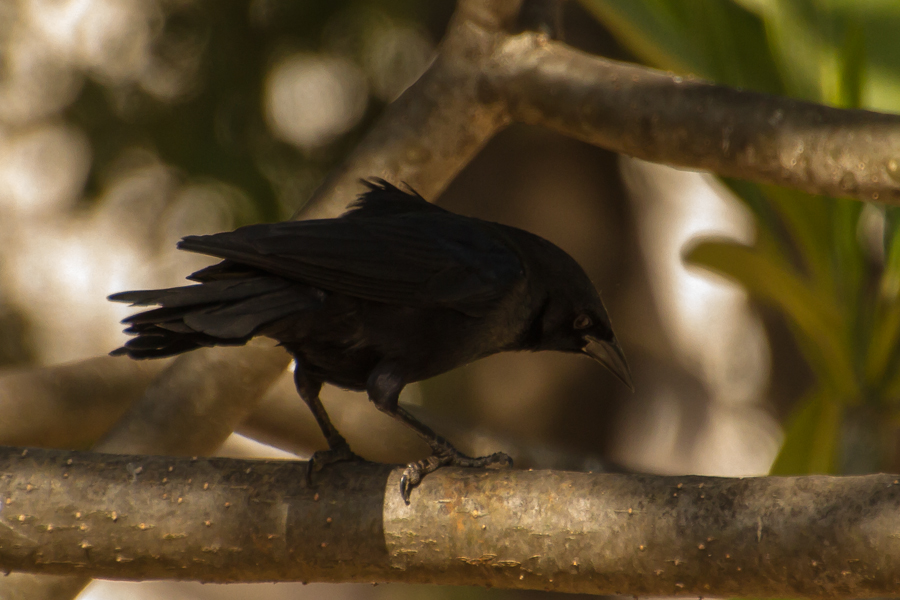
(more…)
